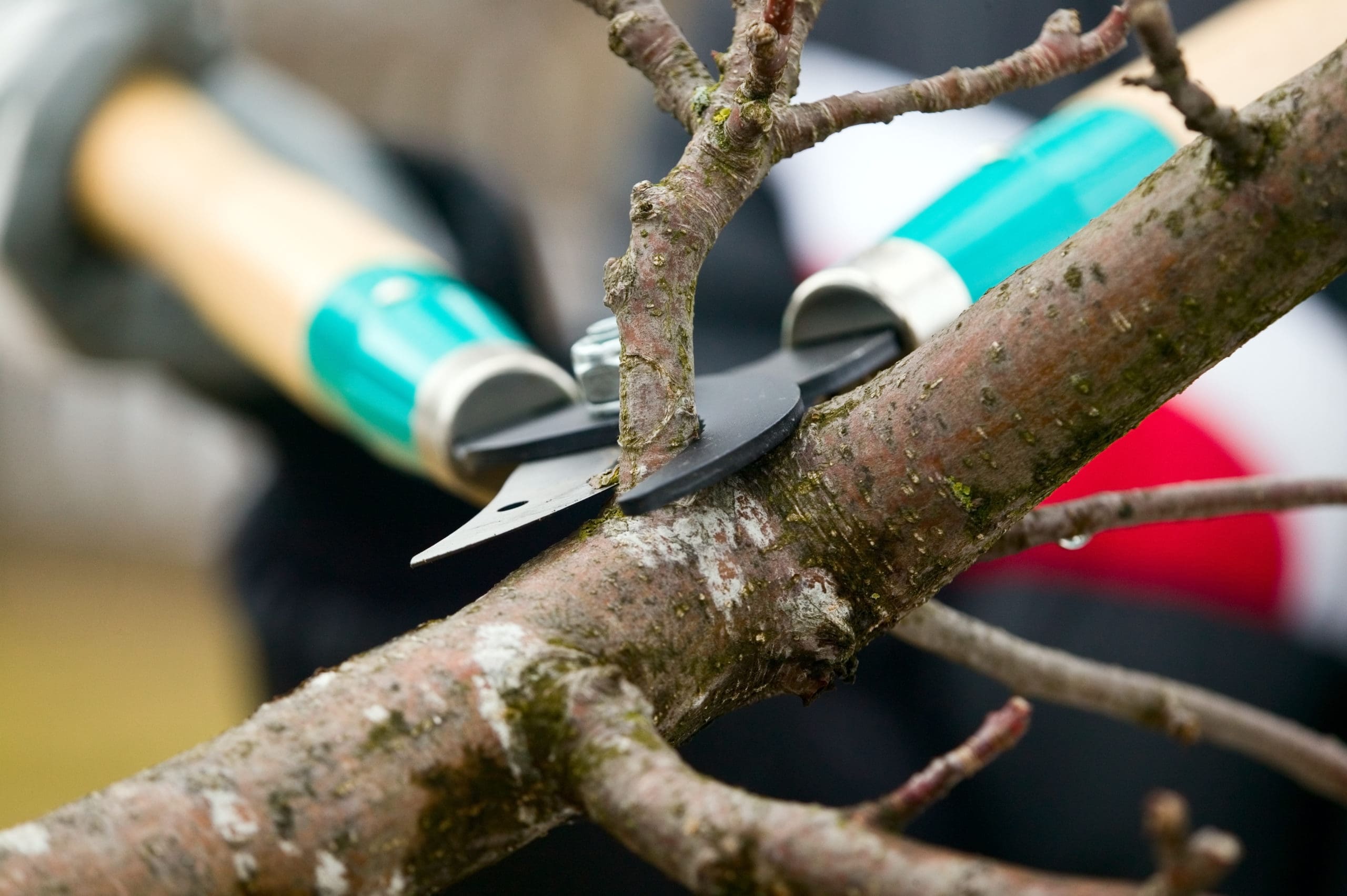
What is one of the most important property maintenance jobs that homeowners often forget to do? Talk to any arborist or tree management company in the United States and they will tell you it’s tree trimming.
Yards get mowed, fall leaves get raked, flowering shrubs and herb patches get planted. But when it comes to tree maintenance, many real estate owners in the nation remain unaware of the effects of uncontrolled tree growth.
So, why is regular tree trimming so important? Here are 3 reasons:
# 1: Safety
- In urban developments there isn’t often a whole lot of open space to go around. Houses are built next to each other, and trees grow within touching distance of utility poles that carry between 34,500-7,200 volts of electricity. When left unpruned, trees with extending branches can easily get entangled in the power cables, and this is the cause, according to Consumers Energy, for approximately 30% of all power outages.
- A second safety concern is extreme weather and natural disasters like snowstorms, floods, spreading fires, hurricanes, and earthquake. During these events, diseased or unhealthy trees can get uprooted, and heavy limbs can come crashing down on homes and power lines, destroying roofs and risking lives.
# 2: Tree Health
- Overgrown trees develop dense canopies that, over time, may become so dense that they impedes the flow of air and sunlight to vegetation underneath. This can cause decay and rampant growth of fungus. Dead plant debris on the ground mold and rot, as they’re unable to lose accumulated moisture. This in turn attracts pests like wood-boring insects that eat away at the trees and weaken their root system.
- Co-dominant leaders – two strong branches growing straight up at the top and fighting for supremacy – make the tree vulnerable to cracks and breaks unless one is cut down and the other is allowed to flourish in a more balanced manner.
# 3: Curb Appeal
- The value of a property can be greatly enhanced with well-cared-for trees. By strategically cutting off branches that obstruct a view, of a hillside or a lake for example, the aesthetics of the property seem more appealing to both potential buyers and current residents.
- Fruit-bearing trees benefit from regular pruning, which encourages the growth of spurs and increases fruit production in the following year.
When Is the Right Time to Trim Trees?
The period between fall and early spring is the best time to trim trees, when they are experiencing a dormant stage. This inactivity and colder temperatures are ideal to improve blooming potential in the next growth cycle. It also reduces the risk of contracting a disease before they have time to heal.
Why Call in a Tree Care Company?
Can homeowners do the tree trimming job themselves? Yes, if they know what they are doing, and the scale of the job is modest. But tree care companies may be the way to go if they are tackling the removal of large tree limbs or trunks requiring professional equipment.
Knowledge is very important. Each cut can change the growth pattern of a tree, so no branch should be removed without a reason. By using techniques such as thinning, cleaning, reduction, and subordination, tree management professionals have a corrective approach that helps trees to develop a strong structure and desirable form.
Also keep in mind that trees that receive the appropriate pruning while young will require less corrective pruning as they mature, saving money and effort in the long run.
DIY Tips on Trimming Your Own Trees
- Keep only one dominant leader (explained above) growing upward in young trees. Don’t attempt to cut back the tip of this leader or allow secondary branches to outgrow it.
- Branches 5 cm or less in diameter can be safely removed. If they are larger than 10 cm, it is advisable to seek professional advice.
- Don’t trim too close. Be mindful that you’re not removing the branch collar (soft tissues from which the smaller branches sprout).
- Try to cut outside the branch bark ridge, and angle your cut down and away from the stem.
- U-shaped branches are typically stronger than the V-shaped ones. If branches are crossing over each other and you have to choose, save the U-shaped ones.
- Don’t remove more than 1/4 of a living crown at once. If you have to, do it gradually over a number of years.
- Don’t top trees! It is an extremely harmful tree-pruning practice.

